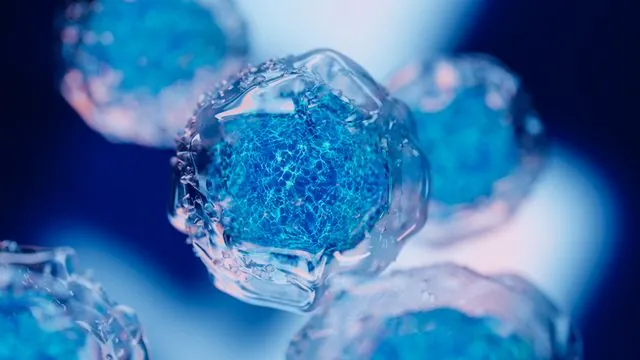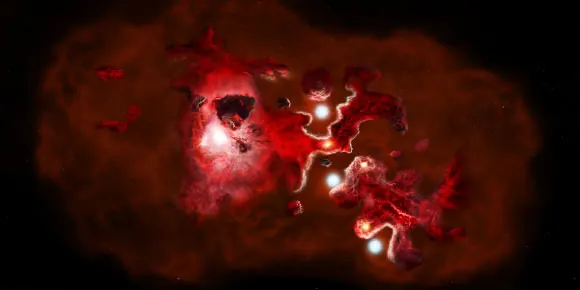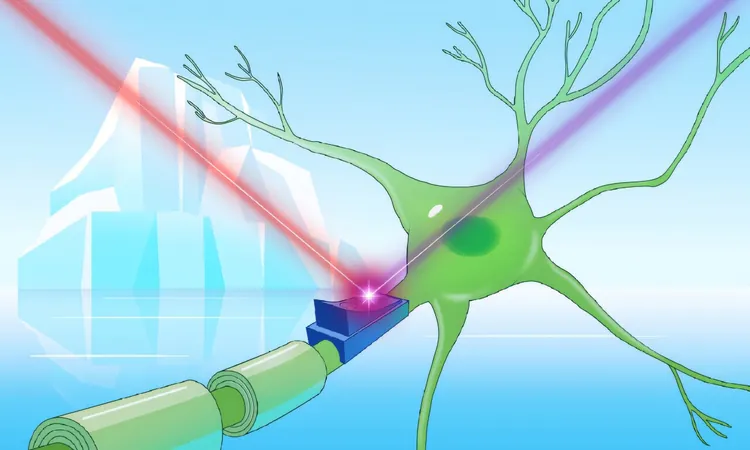
DNA-Nanoparticle Motors Racing Ahead: Outpacing Nature’s Own Motor Proteins?
2025-01-22
Author: Sarah
Introduction
In an exciting breakthrough at the intersection of nanotechnology and biology, researchers are making significant strides with DNA-nanoparticle motors—minute artificial devices that harness the power of DNA and RNA to drive motion through enzymatic RNA degradation. By cleverly converting chemical energy into mechanical motion, these innovative motors utilize a clever mechanism known as the 'burnt-bridge' Brownian ratchet, which propels them forward by systematically degrading the bonds they traverse.
Comparing Speeds: Artificial vs Natural Motors
However, while these nano-sized engines are customizable and hold tremendous promise for applications in molecular computation, diagnostics, and cargo transport, they have historically lagged behind natural motor proteins in speed. Motor proteins, the workhorses of cellular machinery, can achieve speeds between 10 to 1000 nanometers per second, whereas traditional designs of artificial motors have struggled to exceed 1 nanometer per second—until now.
Breakthrough Study
In a study published in *Nature Communications* on January 16, 2025, a team of researchers, led by Takanori Harashima, devised a groundbreaking solution to circumvent the crucial speed bottleneck. The study highlighted how the binding of RNase H, an enzyme responsible for degrading RNA in RNA/DNA hybrids within the motor, significantly slowed the whole process. The key finding? By increasing the concentration of RNase H, the speed dramatically improved—decreasing motion pauses from a staggering 70 seconds to just 0.2 seconds.
Balancing Speed and Processivity
But speed alone isn't enough. The researchers faced the challenge of balancing motor speed with processivity—the measure of how many steps the motor can take before detaching—and run-length, or the distance the motor travels before losing its grip. The clever workaround was to enhance the DNA/RNA hybridization rate, allowing for superior performance akin to that of natural motor proteins.
Results Achieved
The engineered DNA-nanoparticle motor achieved incredible results: reaching speeds of 30 nm/s, a processivity rating of 200, and a run-length of 3 micrometers. Such advancements suggest that these artificial motors are now rivalling natural counterparts in performance, bringing researchers one step closer to potentially surpassing the capabilities of motor proteins altogether.
Future Prospects
Looking forward, Harashima expresses a bold vision: “Ultimately, we aim to develop artificial molecular motors that not only match but exceed natural motor proteins in performance.” The ramifications of this could be groundbreaking. Applications for these advanced motors range from intricate molecular computations to high-sensitivity diagnostics for infections and disease-related biomarkers.
Conclusion
The promising developments showcased in this study create an optimistic outlook for the future of DNA-nanoparticle motors and related technologies, hinting at a revolution in nanotechnology and molecular biology that could redefine our understanding of artificial and natural motion mechanisms. Stay tuned, as the race between man-made and natural motors continues to heat up!





 Brasil (PT)
Brasil (PT)
 Canada (EN)
Canada (EN)
 Chile (ES)
Chile (ES)
 Česko (CS)
Česko (CS)
 대한민국 (KO)
대한민국 (KO)
 España (ES)
España (ES)
 France (FR)
France (FR)
 Hong Kong (EN)
Hong Kong (EN)
 Italia (IT)
Italia (IT)
 日本 (JA)
日本 (JA)
 Magyarország (HU)
Magyarország (HU)
 Norge (NO)
Norge (NO)
 Polska (PL)
Polska (PL)
 Schweiz (DE)
Schweiz (DE)
 Singapore (EN)
Singapore (EN)
 Sverige (SV)
Sverige (SV)
 Suomi (FI)
Suomi (FI)
 Türkiye (TR)
Türkiye (TR)
 الإمارات العربية المتحدة (AR)
الإمارات العربية المتحدة (AR)